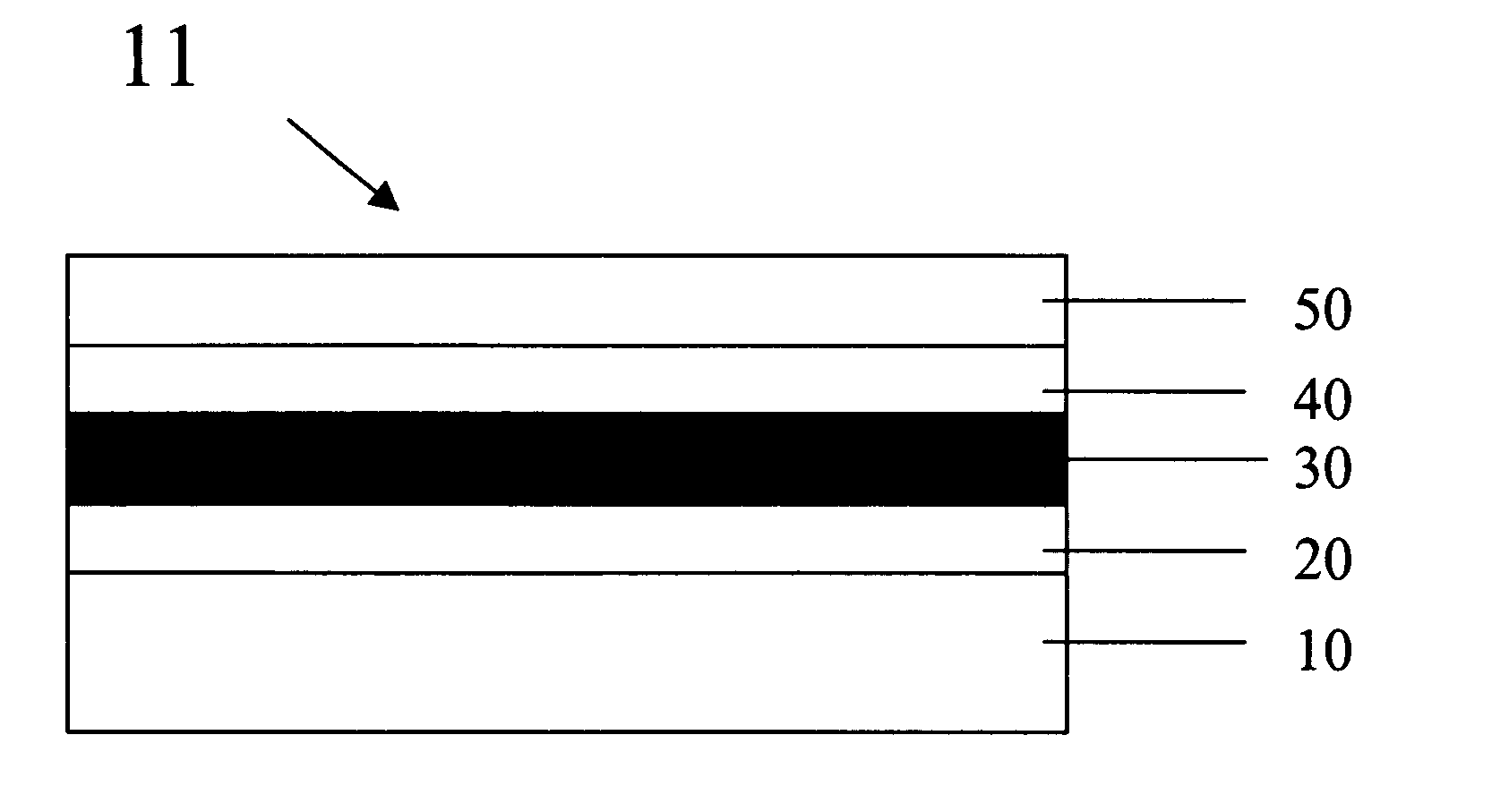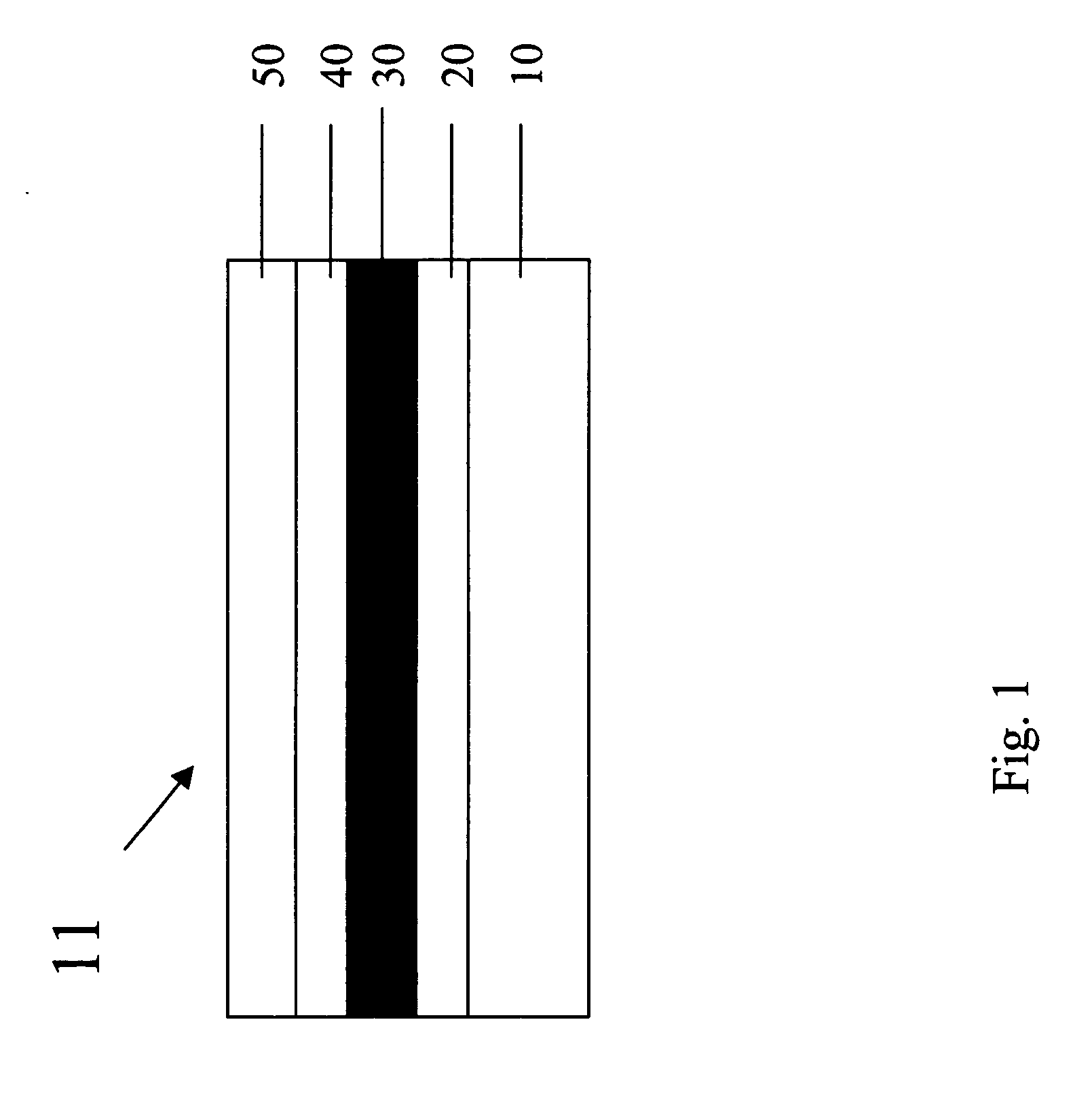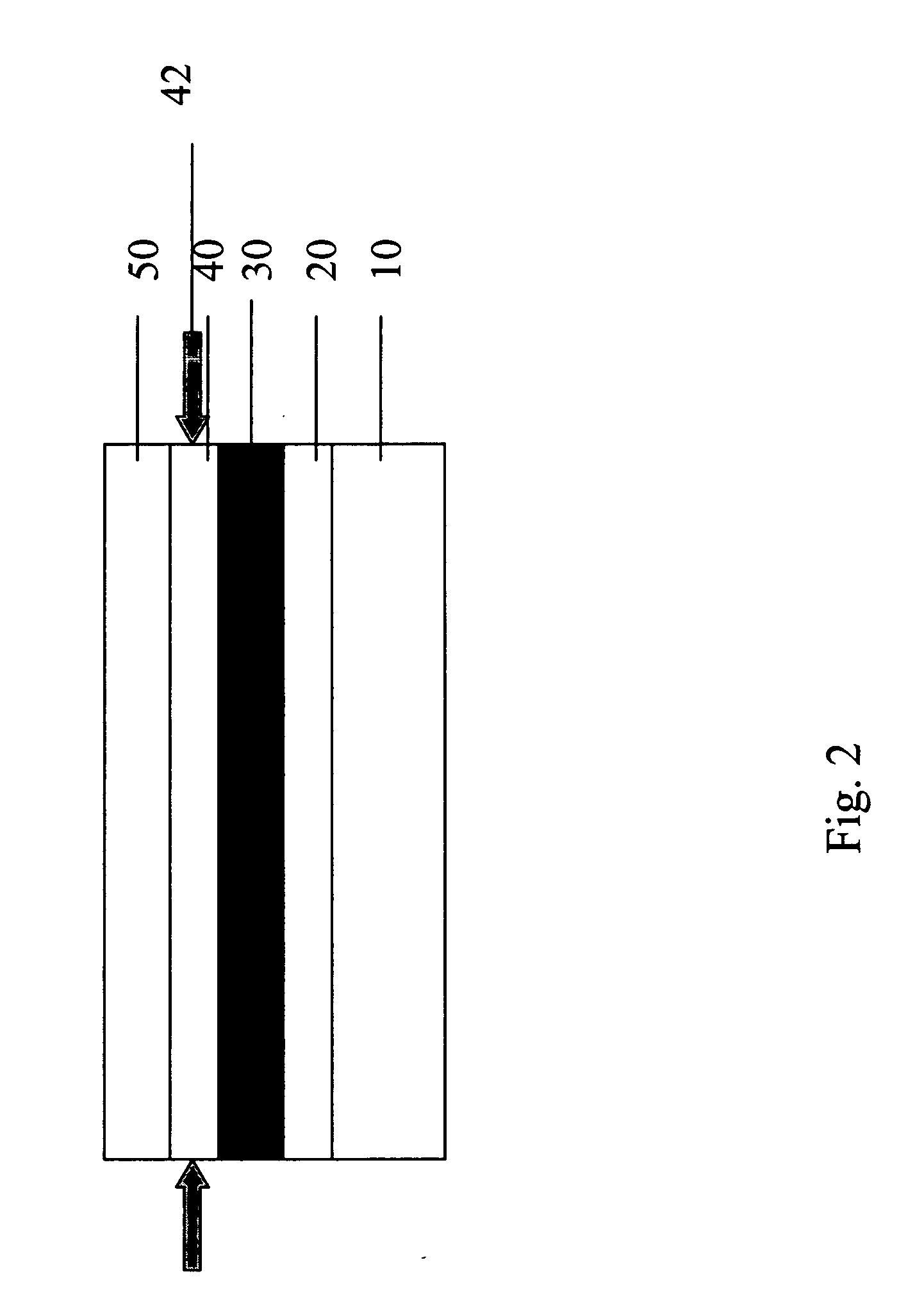Method and display element with reduced thermal stress
a display element and thermal stress technology, applied in the direction of discharge tube luminescnet screen, discharge tube/lamp details, organic semiconductor device, etc., can solve the problems of changing the thickness of the crystal layer, affecting the natural flexibility of the plastic substrate, and affecting the display effect, so as to avoid stress-induced damage and failure of the display
- Summary
- Abstract
- Description
- Claims
- Application Information
AI Technical Summary
Benefits of technology
Problems solved by technology
Method used
Image
Examples
Embodiment Construction
[0025] This invention relates in general to a display device, and more particularly to a flexible display device comprising display component layers and display substrate and superstrate with properly selected properties (modulus, coefficient of thermal and moisture expansion, as well as thermal shrinkage behavior), dimensions and initial curvatures. When such a flexible display reaches its designed steady state operating temperature, the stress in the layer most subject to damage by stress in the display is minimized.
[0026] These and other objects of the invention are accomplished by providing a flexible display comprising in order a substrate layer, a conductive layer, a flexible light-emitting layer, a conductive layer, and a superstrate layer wherein the display is balanced such that the layer most subject to damage by stress is substantially stress-free. Furthermore, the substrate or superstrate may have a predetermined curvature in such a way that when the device reaches a st...
PUM
 Login to View More
Login to View More Abstract
Description
Claims
Application Information
 Login to View More
Login to View More - R&D
- Intellectual Property
- Life Sciences
- Materials
- Tech Scout
- Unparalleled Data Quality
- Higher Quality Content
- 60% Fewer Hallucinations
Browse by: Latest US Patents, China's latest patents, Technical Efficacy Thesaurus, Application Domain, Technology Topic, Popular Technical Reports.
© 2025 PatSnap. All rights reserved.Legal|Privacy policy|Modern Slavery Act Transparency Statement|Sitemap|About US| Contact US: help@patsnap.com



